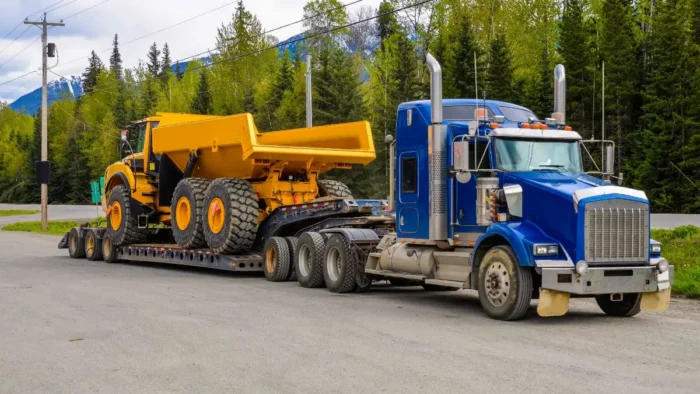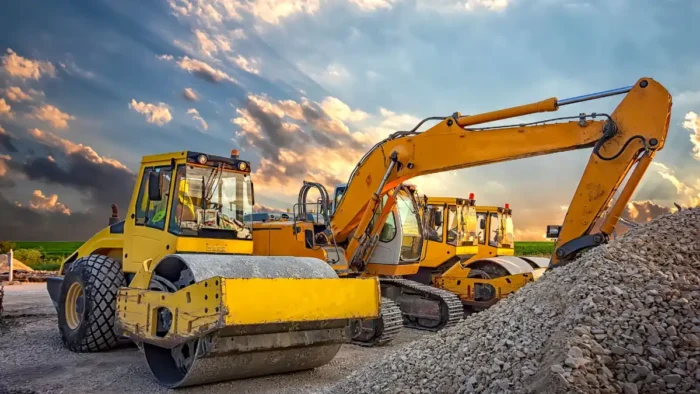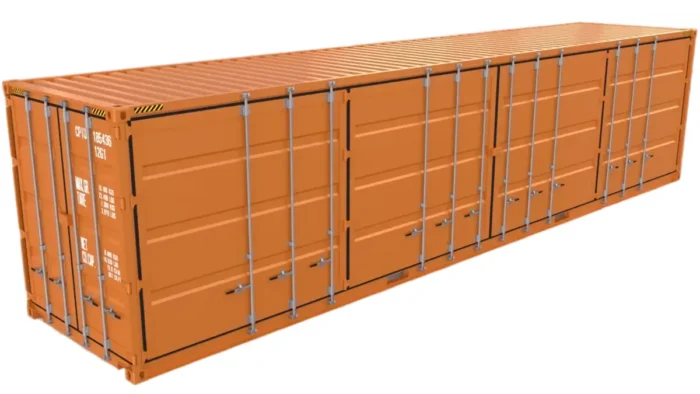The successful transportation of heavy equipment is a complex endeavor. It requires extensive preparation, detailed planning, and a comprehensive understanding of regulations and safety protocols. In construction, agriculture, mining, and other industries that use large machinery extensively, equipment transport is a significant aspect of their operations. Given the size and weight of the machinery, along with its often-sensitive nature, transporting it becomes a complex operation demanding meticulous attention to detail and a high level of expertise.
Typically, moving heavy machinery is a specialized logistics task that requires an intricate understanding of the load, including its size, shape, weight, and fragility. It also demands awareness about the chosen route’s topography, road conditions, and other essential requirements. A failure to correctly navigate these variables can lead to damage, increased costs, and unwanted delays in operations, all posing potential risks to overall project timelines and profitability.
This article delves into the crucial aspects of ensuring smooth and safe heavy equipment transport. Read on to learn more.
1. Incorporate a Heavy Equipment Transport Strat
A crucial aspect of ensuring the smooth transport of heavy equipment is incorporating a well-defined strategy. This strategy begins with meticulous planning, detailing the specifics of what to be moved, the route to be taken, and the most suitable time for the journey. It should also account for potential challenges during transit, such as weather changes, road restrictions, and mechanical issues.
A heavy haul strategy should also include a contingency plan to handle any unexpected events. This can range from an alternative route in case of road closures to arrangements for spare parts and mechanical assistance in case of equipment breakdown.
By considering these things, you can ensure your equipment’s safe and efficient transfer. This can help save you time, money, and headaches in the long run.
2. Select the Right Transport Company
One of the critical steps in ensuring a safe and smooth equipment move is choosing the right transport company. The company chosen must have a proven track record in heavy haul, a strong reputation for safety, and experienced staff. Additionally, it is essential to ensure that the company is adequately insured and licensed to perform the task. This ensures that in the event of any unexpected issues or incidents, the company is fully covered to handle them.
Moreover, picking a company specializing in hauling specific heavy equipment is important. For example, if you want to move cranes and other equipment from one location to another, you should choose a service provider with expertise in crane disassembly, preparation, and shipping.
3. Pre-Departure Preparations
Another vital step to ensure safe heavy equipment transport is preparing the equipment. This involves cleaning them to remove any dirt or loose material that might cause damage during transit. Also, it includes securing any moving parts to prevent them from causing harm during the journey.
Moreover, special attention should be given to the loading and unloading process of the equipment. In this case, it’s recommended to use professional rigging services to ensure safe loading and unloading.
On the other hand, safety measures are also a priority in any heavy equipment transfer. This includes the use of safety gear by all involved, careful loading and unloading of the equipment, and adherence to all traffic rules during transit.
Additionally, emergency measures should be in place, including the availability of first-aid kits and fire extinguishers in the hauling vehicle. The vehicle should also be inspected thoroughly before the journey to ensure it’s in good condition and equipped to handle the load.

4. Perform A Detailed Route Planning
One can’t overstate the importance of detailed route planning in ensuring smooth equipment transport. The route selected should avoid areas with low bridges, narrow roads, or any other obstacles that might cause difficulties during the move. Additionally, planning should also include identifying suitable places for breaks to rest and conducting checks on the equipment.
When performing detailed route planning, it’s also essential to consider the traffic and weather conditions. Heavy equipment transport can be especially challenging in these conditions, so route planning can help ensure that the routes chosen will be safe, passable, and free from traffic congestion.
5. Secure Permit and Regulation Compliance
Compliance with all permits and regulations is crucial to successfully transporting heavy equipment. Different states have different regulations and permits regarding the transfer of equipment, and failure to comply with these can lead to significant fines and delays. Therefore, understand these regulations, obtain the necessary permits, and comply with all legal requirements to ensure a smooth and safe equipment haul.
6. Training The Team and Establishing Clear Communication
A successful equipment transfer operation requires a well-trained team and clear communication. It can help improve efficiency, increase safety, and reduce liability in case of an accident. Therefore, the team should be trained to handle heavy equipment, understand safety measures, and deal with unexpected situations. Communication is also crucial to keep everyone on the same page and respond quickly if any issues arise. Regular briefings, use of communication equipment, and debriefings after the operation are all integral to effective transportation.
Final Thoughts
Ensuring safe and smooth heavy equipment transport is no small feat—it’s a complex operation with many moving parts. But by incorporating the strategies mentioned above, you can navigate this complexity. Remember, it’s not just about getting from point A to point B; it’s about doing so efficiently, safely, and effectively.





